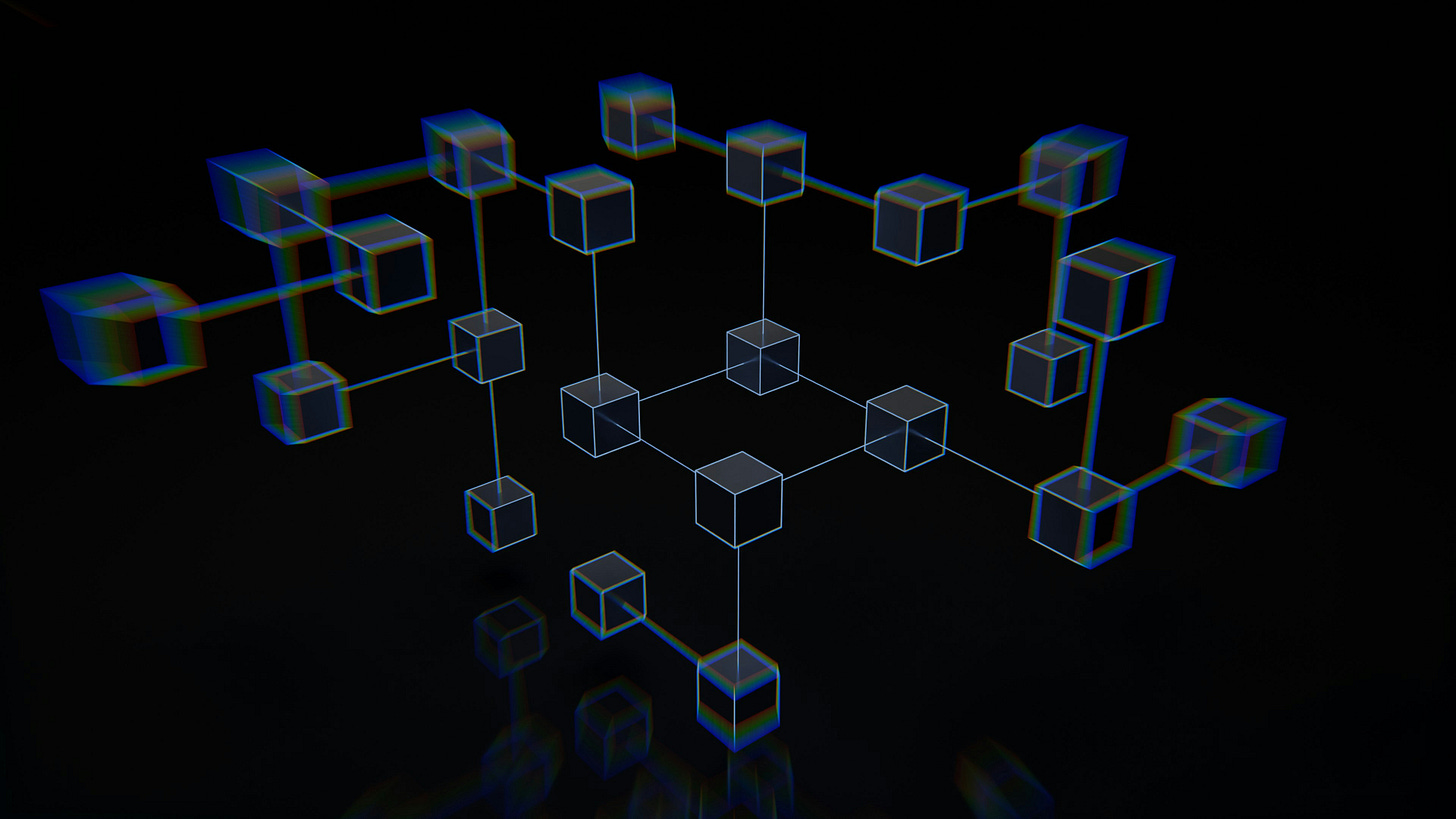Amadeus Unveils “Thinking Blockchain” to Merge Crypto Mining and AI
Startup claims energy-efficient breakthrough that channels mining power into AI learning
Crypto startup Amadeus has unveiled a “thinking blockchain” that repurposes crypto mining energy into artificial intelligence (AI) training. The innovation aims to reduce waste and merge blockchain security with AI development, but analysts remain cautious about its real-world impact.
Amadeus, a cryptocurrency infrastructure firm, announced a new blockchain model it calls a “thinking blockchain”, designed to redirect the energy used in traditional mining into AI training workloads.
Unlike proof-of-work systems that rely on “meaningless hash calculations,” the Amadeus protocol converts computational effort into machine learning processes. As CoinTrust reported, each miner’s contribution helps train AI models while securing the blockchain, creating what the company calls a self-sustaining digital ecosystem.
Energy Efficiency or Energy Rebranding?
While the concept promises smarter resource allocation, critics note it could simply reframe existing power demands rather than reducing them. According to the University of Cambridge Centre for Alternative Finance, Bitcoin miners still consume electricity comparable to entire nations, despite a growing shift toward renewable sources.
Similarly, large-scale AI systems, from OpenAI’s GPT models to Google DeepMind, require vast energy and water resources for data center cooling, according to the UN Environment Programme. Integrating both energy-intensive sectors might amplify rather than mitigate consumption, depending on implementation.
How the “Thinking Blockchain” Works
Amadeus’ system includes Nova AI, a compiler that allows neural networks to evolve autonomously, writing updates directly onto the blockchain. A no-code interface lets users design AI “agents” capable of trading, market analysis, or workflow automation, potentially creating passive income streams for retail users and efficiency tools for enterprises.
If successful, this approach could expand the crypto sector’s role in the AI infrastructure economy, turning mining hardware into dual-purpose compute nodes.
Outlook: Converging Compute Economies
While early-stage and untested, Amadeus’ proposal highlights an accelerating intersection between blockchain and AI compute markets, where token incentives meet model training.
If proven viable, this could shift mining incentives toward productive computation, a development watched closely by both DePIN (decentralized physical infrastructure) advocates and energy-efficiency policymakers.
Want more insights on crypto infrastructure, AI-blockchain convergence, and market regulation? Subscribe to Canhav Crypto Research for weekly data-driven breakdowns.



